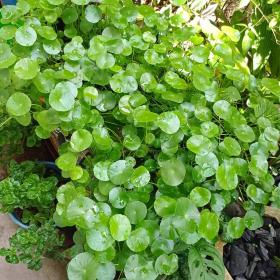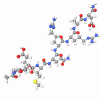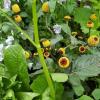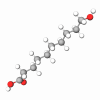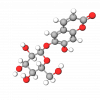The first clinical investigations on the medical application of various Centella Asiatica extracts were completed during the early 1940s (Anonymous 1945a,b). Boiteau and Ratsimamanga (1956) have investigated the action of asiaticoside on the cicatrization of experimentally induced wounds.
A comparison of treated and controlled wounds during the different phases of the cicatrization (wound closing) process indicated that asiaticoside substantially hastened the healing progress. According to Boiteau and Ratsimamanga (1956), and confirmed in clinical and histological studies by Abou-Chaar (1963), asiaticoside works selectively, stimulating rapid and healthy growth of the reticuloendothelium.
In mice, rats, guinea pigs, and rabbits, Asiaticosides strengthens the skin, stimulates the growth of hair and nails, promotes vascularization of the connective tissue, increases the formation of mucus, and enhances local and general leukocytosis (Bouteau and Ratsimamanga (1951).
Tsumuri, in 1973, reported that triterpenes from Centella Asiatica Flower/Leaf/Stem Extract favored the formation of wound tissue and increased the tensile strength of the skin when applied locally to rats' wounds. In 1978, Poizot and Dumez found that a standardized extract of Centella Asiatica shortened the healing time of chronic wounds in rats.Treatment with Centella Asiatica Flower/Leaf/Stem Extract may help prevent scars (Basset, Ullmo, Maleville, and Alt 1970 Bosse, Papillon Frenette, Dansereau, Cadotte, and Lorier 1979). Studies by Bosse (1979) et al. have suggested that asiaticoside stops the inflammatory phase of hypertrophic scars and keloids. An earlier clinical study by Vadasz demonstrated that asiaticoside helped prevent new keloids in burned children(Vadasz 1972) but was ineffective against old keloids.
